| | I do love my figs. As a child, we had two varieties – Brown Turkey and Black Mission. I preferred the Brown Turkey for its size and sweetness, but the fuzzy skin irritated my mouth after eating a dozen or so, so I pryed them open and snarfed up the flesh from the inside, tossing the empty skin down under the tree to become composted nutrition that precisely matched what had been in the fruit. I loved munching my way through the garden – figs, tomatoes, berries, apples, peaches, nectarines, plums, feijoas, persimmons, cucumbers and even beans and squash. Carrots and beets needed a bit more attention since they needed to be washed first. Talk about freshly harvested and enjoying not-even-five-minute-old deliciousness! My Dad, with all his mechanical wizardry, had devised all sorts of blue jay deterrents, from buzzers to revolving stakes with pie-tins hanging, a veritable repurposed menagerie, two or three types each summer as they all worked for maybe 3 weeks before the birds “learned” that there was nothing else keeping them from their snacking. When I returned home and took over the garden, birds were no longer the problem, but squirrels were – especially when I discovered that one neighbor was putting out nuts to attract them! I tried everything on the market, including inflatable owls and those big-eye balloons, but stopped short of fox urine and motion-started water sprays. One year, I tied white-plastic grocery bags around small groups of fruit, figuring that if the critters couldn’t see the developing fruit and their changing color, they wouldn’t forage. That worked for one time around. Finally, I used bird netting. For a couple of years when the trees were small, I tried to cover each entire tree with one net. Of course, this was terribly awkward trying to get the netting over the whole tree without snagging on individual branches, so it left many openings for the critters to sneak in. And removing the netting after a couple of months (from early ripening to final harvest) was a real problem because the branches and foliage had grown into and through the netting. Ripping was the only way to get the netting off of the trees. So I ended up with bits and pieces of the netting, some in large sections. But, this ended up being a inspired boon to my next approach. By this time, my pruning had resulted in several distinct branching groups on each tree, which matched perfectly with the larger pieces of netting to corral the fruit and be anchored with a some twist-ties at the bases of the branches that the squirrels couldn’t simple unravel. For access to the fruit for harvest, I chose a section on the downside of a group of branches – literally in mid-air – and ripped a hole barely large enough for my fist grasping one fruit. I figured that this harvest-hole placement wouldn’t allow access by squirrels from a nearby branch because their weight would drag them away from the hole. It worked! The end-of-harvest removal of the netting is still somewhat laborious because the branches and leaves have indeed grown into the netting. But, for figs this isn’t a big issue since I do my after-harvest summer pruning at the same time that I’m removing the netting. I’ve been using this method for three years now, and relishing every single fig and peach and nectarine and persimmon as I choose precisely when to harvest each and every one. Yay! And my collection of fig varieties now includes, besides rooted cuttings from that old Black Mission, Peter's Honey and three green-skinned varieties from my father-in-law with greenish-white flesh, red flesh, and honey-colored flesh. This month, I'll also plant two more - Conadria and Celeste - that I rooted from cuttings I got at last February's California Rare Fruit Grower's Pasadena chapter scion exchange. Yum! |
|
8 Comments
Matthew
8/27/2016 08:52:26 pm
Nice bird tips. I've gone through similar variations as well as aluminum foil and some shiny Christmas ornaments. They worked for a few weeks and then...
Reply
8/27/2016 11:02:02 pm
Hi, Matthew -- Yes, anything shiny fluttering in the breeze was supposed to distract birds with the "flashing". Like every other ploy, it worked fine as a novelty. Re the green fruit beetle, check the UC IPM website - http://ipm.ucanr.edu/PMG/GARDEN/FRUIT/PESTS/grfruitbeetle.html
Reply
Matthew
8/29/2016 03:10:45 pm
Thanks. Sounds better than me chasing them with a net on a pole.
Reply
Cara in Pasadena
8/29/2016 01:00:38 pm
Hi Yvonne ~ You are a treasure! Thank you so much for this and all your super-helpful blogs. The question that has been haunting me is this: Does ripening fruit need sunlight? I, too, have thought of wrapping such fruit in brown paper bags, but this query has stopped me. Thank you again for your wisdom!
Reply
8/29/2016 02:10:49 pm
Hi, Cara --
Reply
Rosalinda
9/10/2016 11:45:42 am
Great post. Your struggles sound so familiar to mine. This past year I decided to be diligent about not letting the squirrels get my fruit. I created a teepee with 10 ft poles connected to a three-way PVC joint with the help from my husband. We then threw over the netting over the PVC and clipped overlapping areas with wooden clothes pins. I continued the netting all the way to the ground and used metal staples (usually used for holding weed block) to pin it to the ground all around the tree. I left one side for easy access for me to step inside. It worked! My tree is 8 ft. tall so the netting was above the tree because last year when I left the netting over the tree, the squirrels just jumped on top and ate the fruit through the netting and dropped a lot of fruit. I did re-use netting for two years but this year I had to dumped it because when I was taking off, it ripped in some areas. Next year I am considering a PVC frame netting.
Reply
9/10/2016 07:04:25 pm
Thanks, Rosalinda! PVC frame netting seems to work well for blueberries as well!
Reply
Martina
8/22/2023 03:09:10 pm
Hi there. I've ordered two nets for my fig tree but neither worked. Any advice? We placed 6.5 ft poles to put the netting over.
Reply
Leave a Reply. |
Categories |

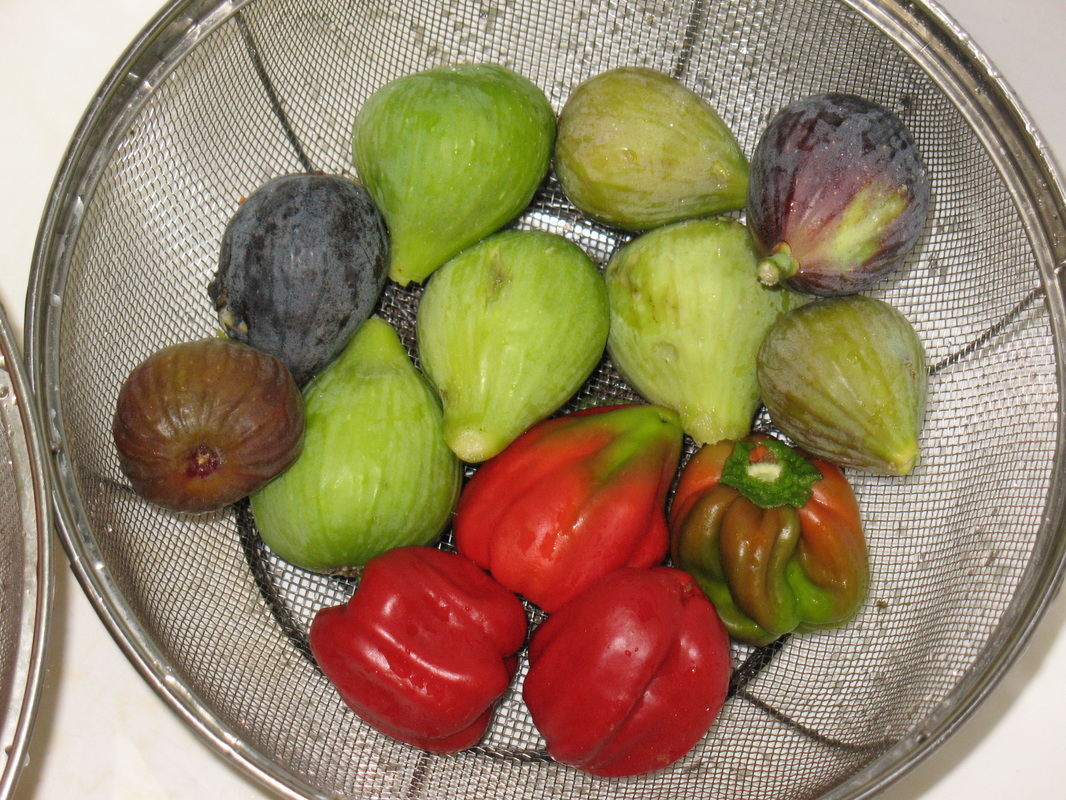
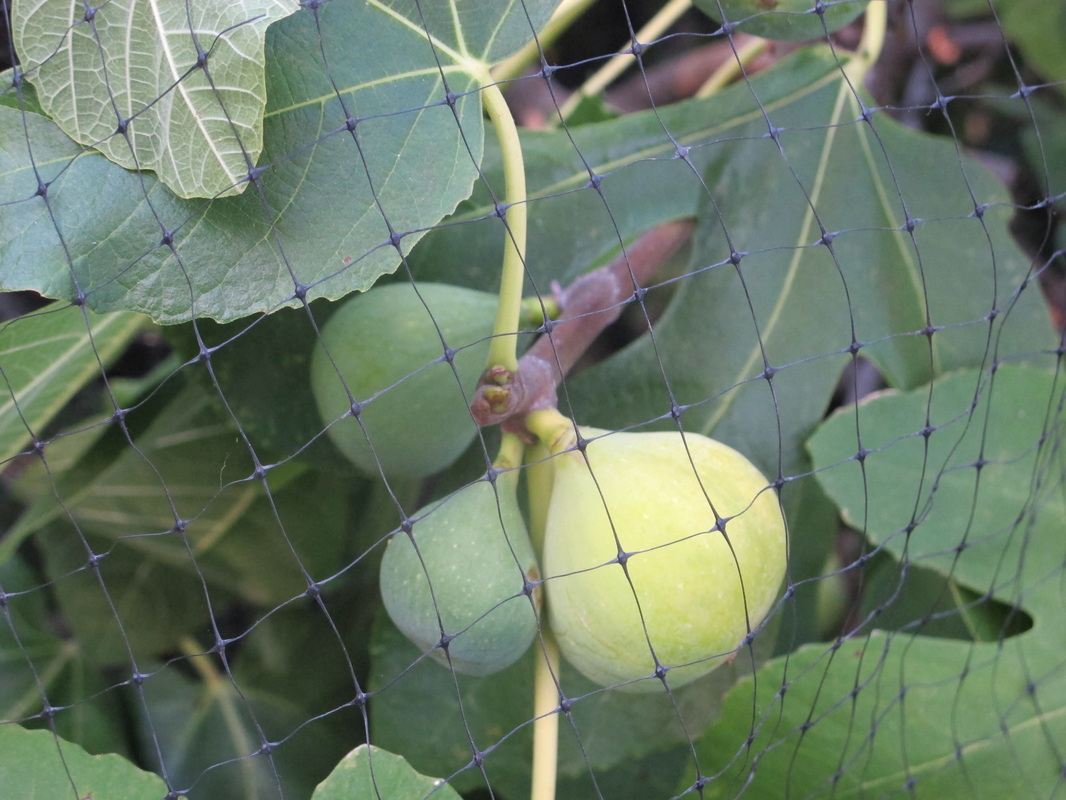
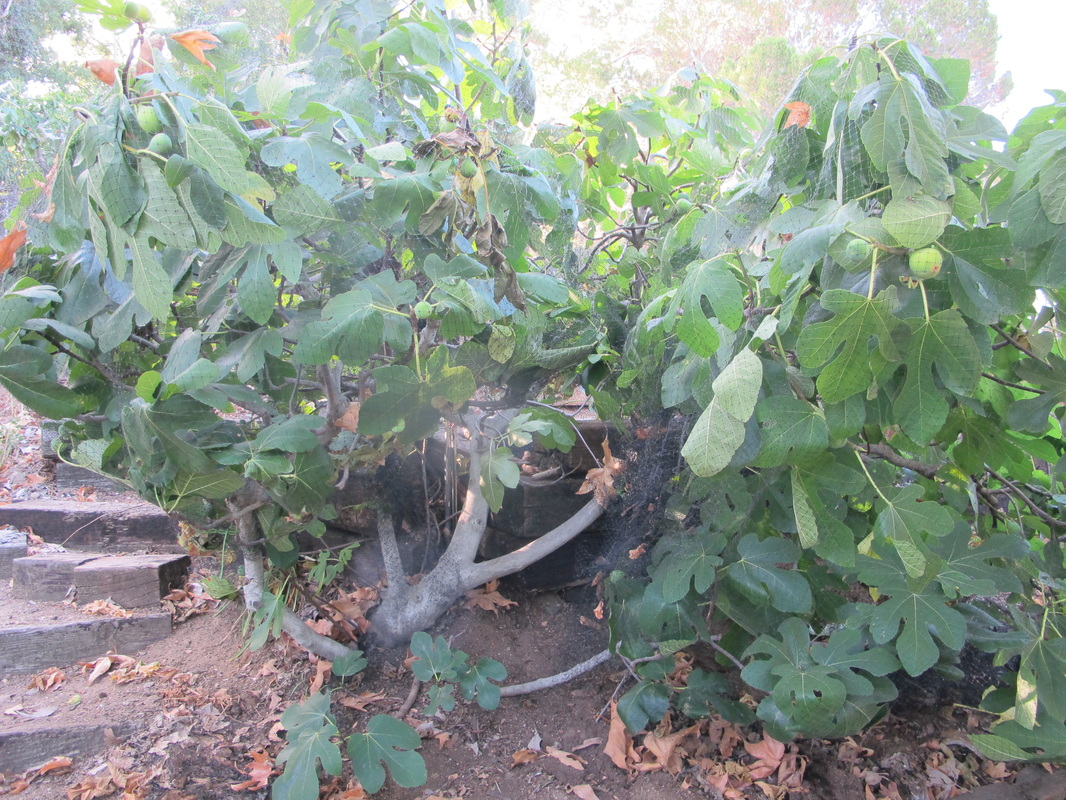
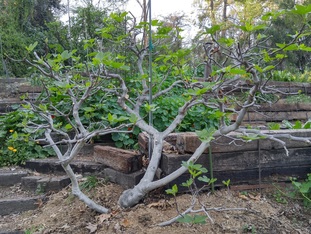
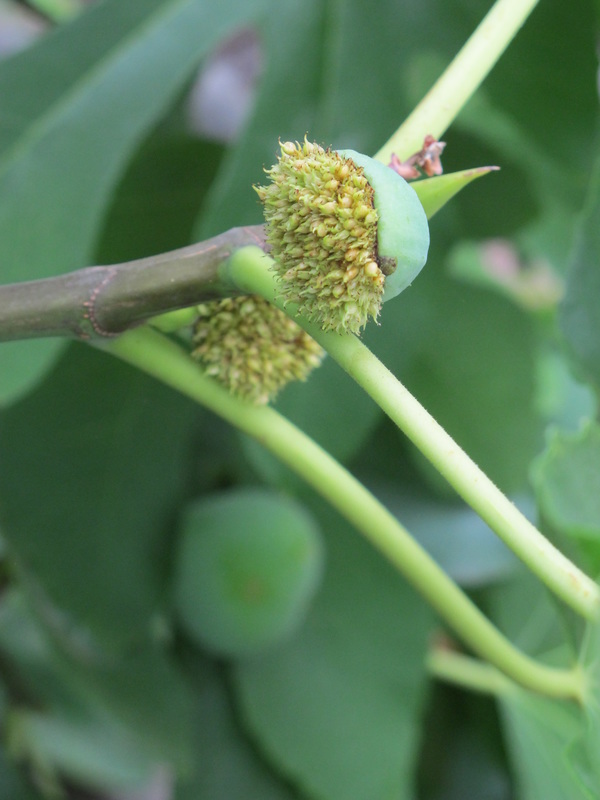
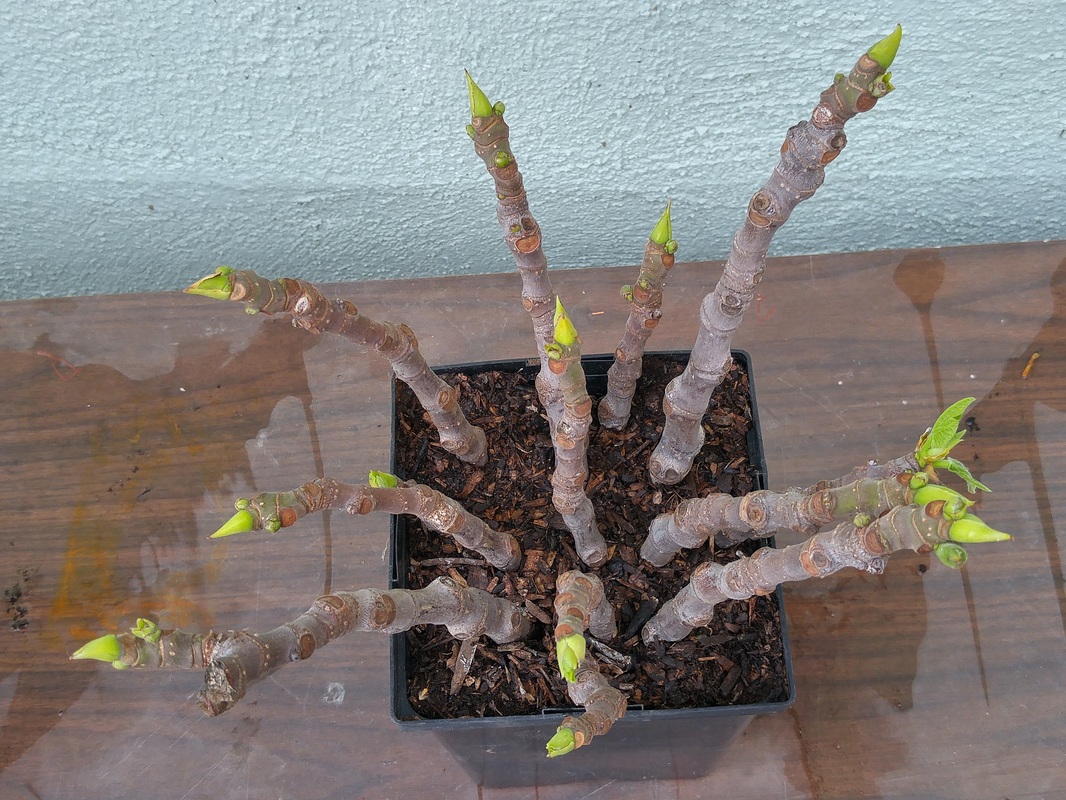
 RSS Feed
RSS Feed